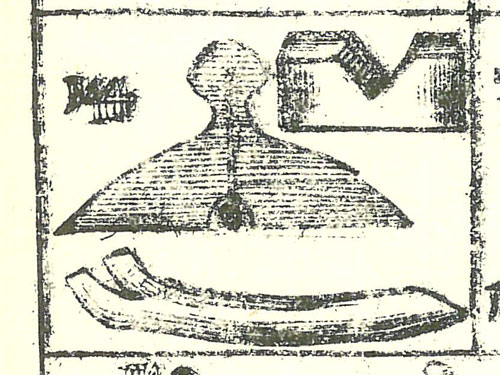
11. THE Rules and Tools which Joyners and Carpenters work by, are so near the same, that I need not here again to describe them; only there is this difference, the Carpenters Tools are made somewhat stronger for their use than they need to be for the Joyners: Yet there are many Tools requisite and proper for a Carpenter (especially a Master Carpenter) that a Joyner need to take little notice of. Therefore I shall here describe such Tools belonging to that Trade, which are not expressed among the Joyners.
CXLIV. In this quarter are three Instruments used by the Carpenter, two whereof are never mentioned to be any ways belonging to Joyners: The first is the Level, of these there are used several bignesses, even from two to ten foot long, that it may reach over a considerable length of the Work; its use is to try whether a Floor be exactly streight and even, and that one part be not higher than another; for if the Plumb-line hang just upon the Perpendicular line, being set flat upon the Work, then the Work is level, else not.
In the Level there are these parts. The Level. The Plummet. The Plumb-Line, and the perpendicular Line, which is marked from the top to the bottom of the Board; all which things are so common, that there needs no further explaining of their parts.
The second that lies in the Base, is called a Crow, or an Iron Crow. Some are made of this form, others directly round in the shank, only with a pike end, or a flat end: That is used by them as a Lever, to lift up the ends of great Trees and heavy Timber, when either a Bauk or a Rowler is to be laid under it. The parts, as Workmen term them in this form of Crow, are the Claws, the shank, and the Spike end.
The third in the Sinister chief is used by both Joyners and Carpenters, and is termed a Joyners Saddle It is an end of a Spar or Joyce cut into the side with an Indent or Beviled on each side, so that any square piece will lye steady in it with one of its edges up.
— From Randle Holme’s “The Academy of Armory, or, A Storehouse of Armory and Blazon” Book III, Chapter VIII, Plate 2. Why am I reading this?